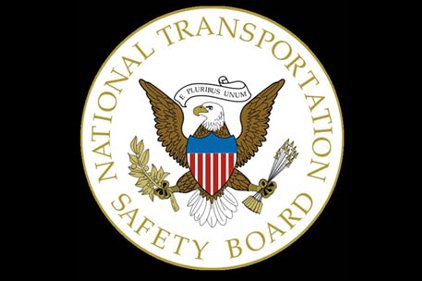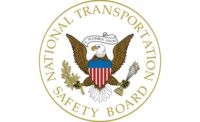Alaska state trooper helicopter crash caused by bad weather, department’s “punitive culture”

 The National Transportation Safety Board (NTSB) has determined that the March 30, 2013 crash of an Alaska Department of Public Safety helicopter was caused by the pilot’s decision to continue flying into deteriorating weather conditions as well as the department’s “punitive culture and inadequate safety management.”
The National Transportation Safety Board (NTSB) has determined that the March 30, 2013 crash of an Alaska Department of Public Safety helicopter was caused by the pilot’s decision to continue flying into deteriorating weather conditions as well as the department’s “punitive culture and inadequate safety management.”
Highly motivated
The crash occurred on a mission to rescue a stranded snowmobiler near Talkeetna, Alaska. The pilot, another state trooper and the snowmobiler were all fatally injured. Contributing to the accident was the pilot’s “exceptionally high motivation to complete search and rescue missions,” which increased his risk tolerance and adversely affected his decision-making, the Board found.
Among the recommendations the NTSB made today as a result of the investigation was for Alaska and other states to develop and implement a flight risk evaluation program.
“These brave few take great risks to save those in harm’s way,’’ said NTSB Acting Chairman Christopher A. Hart. “There needs to be a safety net for them as well.”
Risk not managed
Among the Board’s findings was that the Alaska Department of Public Safety (DPS) lacked policies and procedures to ensure that risk was managed, such as formal weather minimums, formal training in night vision goggle operations and having a second person familiar with helicopter rescue operations involved in the go/no-go decision.
During the investigation of this accident, the Board found that the pilot had been involved in a previous accident. The Board found that the DPS’s internal investigation of the earlier accident was too narrowly focused on the pilot and not enough on underlying risks that could have been better managed by the organization.
Department had "a punitive culture"
The Board concluded that DPS had a “punitive culture that impeded the free flow of safety-related information and impaired the organization’s ability to address underlying safety deficiencies relevant to this accident.”
Since 2004, the NTSB has investigated the crashes of 71 public helicopters responsible for 27 deaths and 22 serious injuries.
“Public agencies are not learning the lessons from each other’s accidents,” Hart said. “And the tragic result is that we have seen far too many accidents in public helicopter operations.”
As a result of the investigation, the Board made recommendations to Alaska, 44 additional states, Puerto Rico, the District of Columbia and the Federal Aviation Administration.
Looking for a reprint of this article?
From high-res PDFs to custom plaques, order your copy today!








